At 18 years old, Mary Maloney is defying the odds in ways that would have seemed impossible just a few years ago. Walking confidently down the hallways of AHN Suburban Hospital in Bellevue, she’s taking steps that were once unimaginable—supported by a robotic exoskeleton that’s as life-changing as it is innovative.
Just a few weeks ago, Mary’s record was 300 steps in a session. But during a recent physical therapy session, she was on the verge of hitting 1,000, as reported by the Pittsburgh Post-Gazette. "Do you think we can get to 1,000 steps before we stop?" asked physical therapist Marielle Lynch as the machine beeped steadily along. For Mary, who was paralyzed at 13 after a rare spinal cord stroke, every step feels like a miracle.
A life-altering moment
In August 2020, Mary was just a normal kid, enjoying time on her trampoline at home. But a single jump changed everything. She landed awkwardly and felt a sharp pain in her shoulder blades. Within moments, her legs began to weaken.
"I just remember this gut-sinking feeling like when you know something is wrong," Mary recalled. "My legs started to get weaker and weaker and then I sat down. I couldn’t explain it—I’d obviously never felt it before—but I just couldn’t get up from there."
Doctors soon confirmed the unimaginable: Mary had suffered a spinal cord stroke, a rare and devastating condition that left her paralyzed from the waist down.
From that moment, Mary’s journey became one of sheer determination. She underwent countless forms of physical therapy—swimming, horseback riding, electrical stimulation, and even crawling—to regain her strength. But despite her efforts, walking seemed out of reach without major breakthroughs in technology.
A glimmer of hope
That breakthrough came three years ago, when Mary’s mother, former KDKA-TV reporter Pam Surano, learned about robotic exoskeletons. The devices provide structural support and use sensors to detect muscle activity, offering feedback and assistance for walking. After contacting EksoBionics, the company behind the first FDA-approved exoskeleton for patients with neurological injuries, Mary got the chance to try one.
The results were groundbreaking.
"The device is able to detect initiations of muscle contractions that may not be visible or able to be determined by the naked eye."
— Dr. Gary Hoover
Seeing the potential, Mary’s friends and family sprang into action. Her childhood friends, who had formed a fund called Miracles for Mary, began raising money to bring the device to Pittsburgh. Alongside the West Penn Hospital Foundation, they managed to raise nearly $200,000—enough to secure the EksoNR robotic exoskeleton for AHN Suburban Hospital.
"It is truly a real-life miracle to see this happen," said Adam Klickovich, who contributed to the effort through a foundation established in memory of his mother, Diane M. Foley. "We’re just very happy to be a part of this."
"We’re just very happy to be a part of this. It is truly a real-life miracle to see this happen."
— Adam Klickovich
Walking toward a brighter future
Today, Mary uses the exoskeleton three times a week during physical therapy sessions. Her progress has been nothing short of remarkable.
"It’s just absolutely mind-blowing. It’s smart and it knows, it works with you, and you just feel this glimmer of hope."
— Mary Maloney
Not only has Mary improved her stamina, but her core strength has also grown significantly. While walking independently remains a goal, the exoskeleton has already changed her life—and it’s poised to change the lives of others.
The EksoNR at AHN Suburban is the only robotic exoskeleton in Pittsburgh available for outpatient use. Dr. Hoover notes that it’s not just for spinal cord injuries like Mary’s—it can also help patients with strokes, brain injuries, and other neurological conditions. Even for those who may not regain the ability to walk, the device offers therapeutic benefits like weight-bearing exercises and improved circulation.
"My heart really goes out to people in this situation who don’t get the help and support that I’ve been blessed with," Mary said. "I’m just so excited that this is going to open the door to other people. People might not even know that this was an option."
A community’s impact
Mary’s journey is a testament to what’s possible when community, technology, and determination come together. Her progress has inspired those around her and created a ripple effect that will benefit others in the Pittsburgh area for years to come.
For Mary, the road ahead is full of hope. "I feel like me in 2020 would be just so proud," she said. "Probably disappointed that I’m still not there yet, but still proud of how I’ve taken it up—the issue—and really kind of ran with it."
Mary’s steps may be supported by groundbreaking technology, but her resilience and community-driven support system are what truly keep her moving forward.
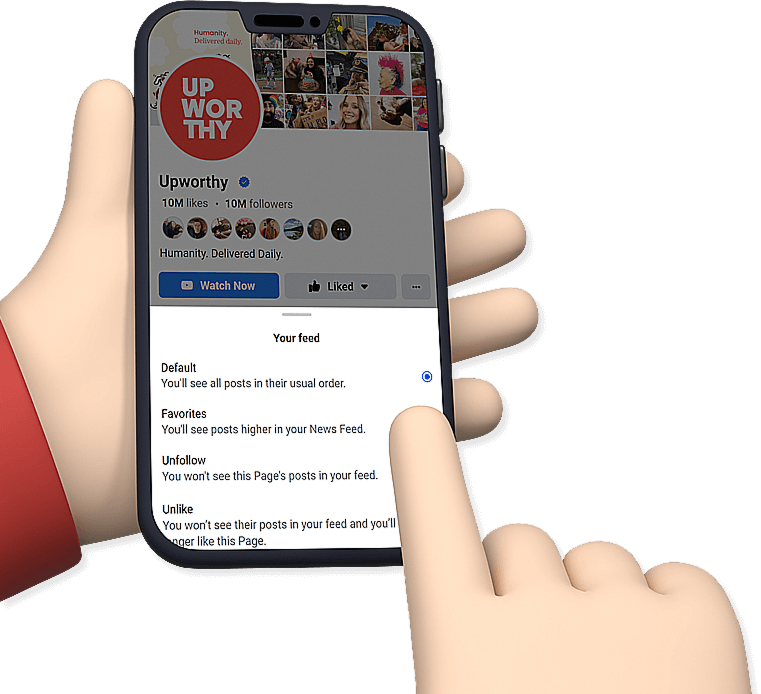




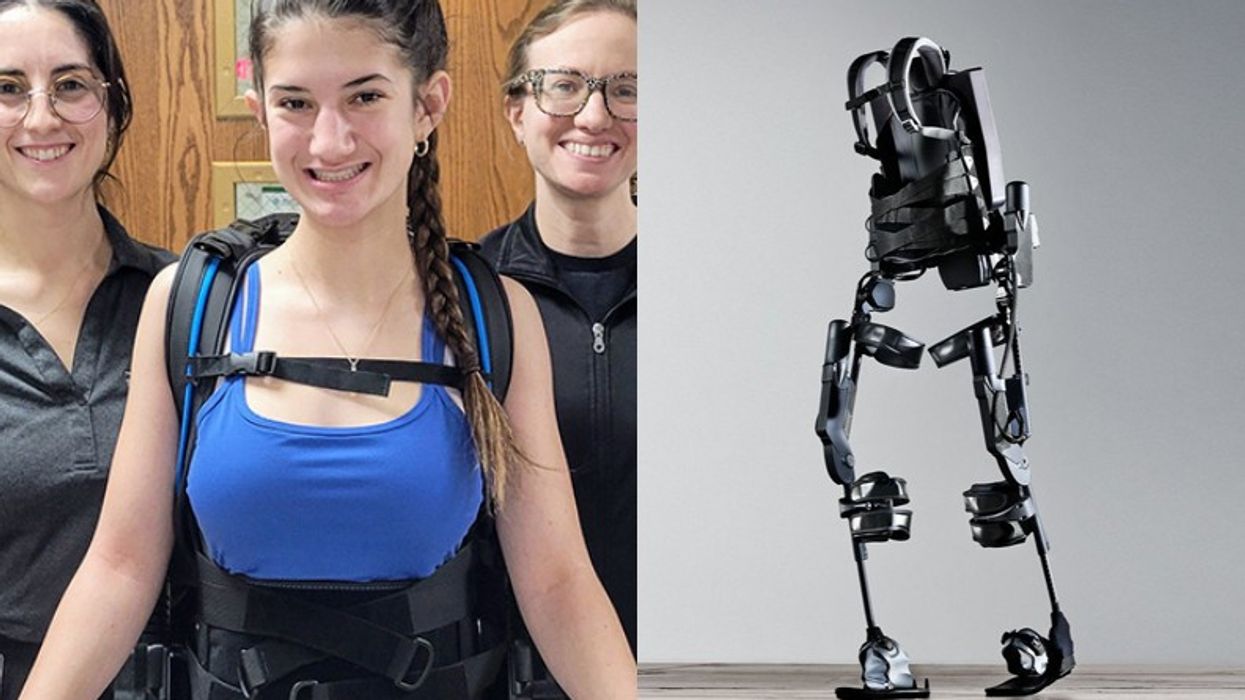

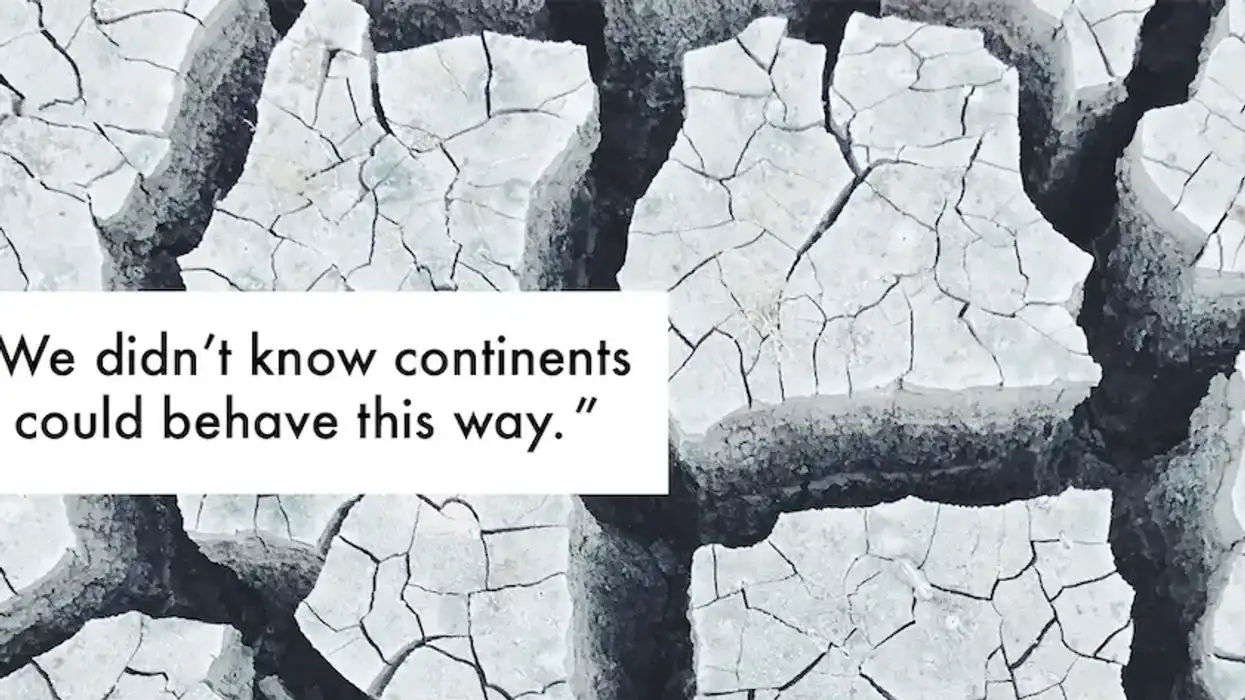
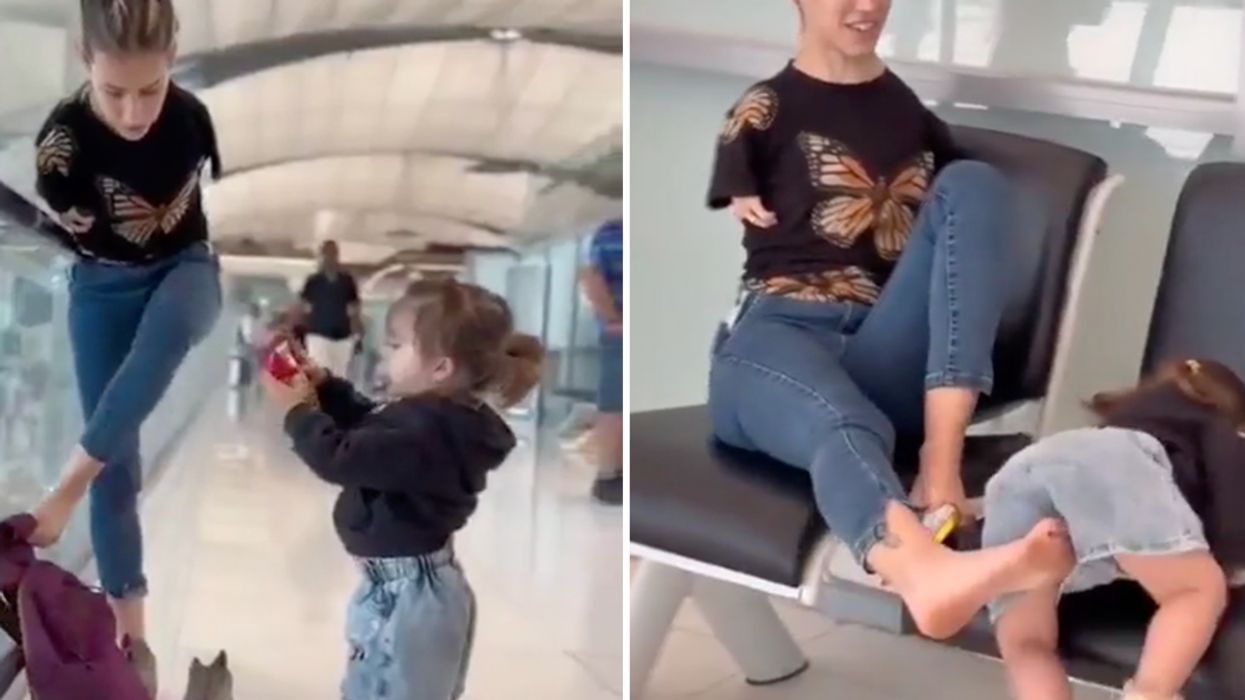
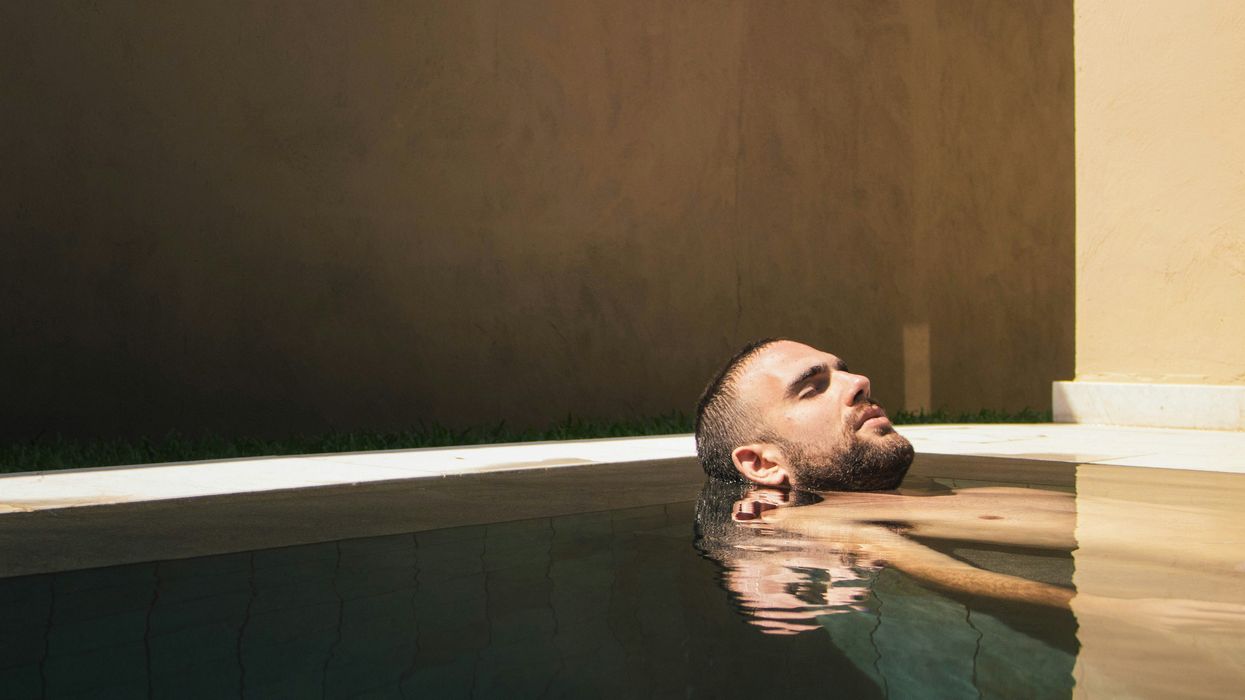
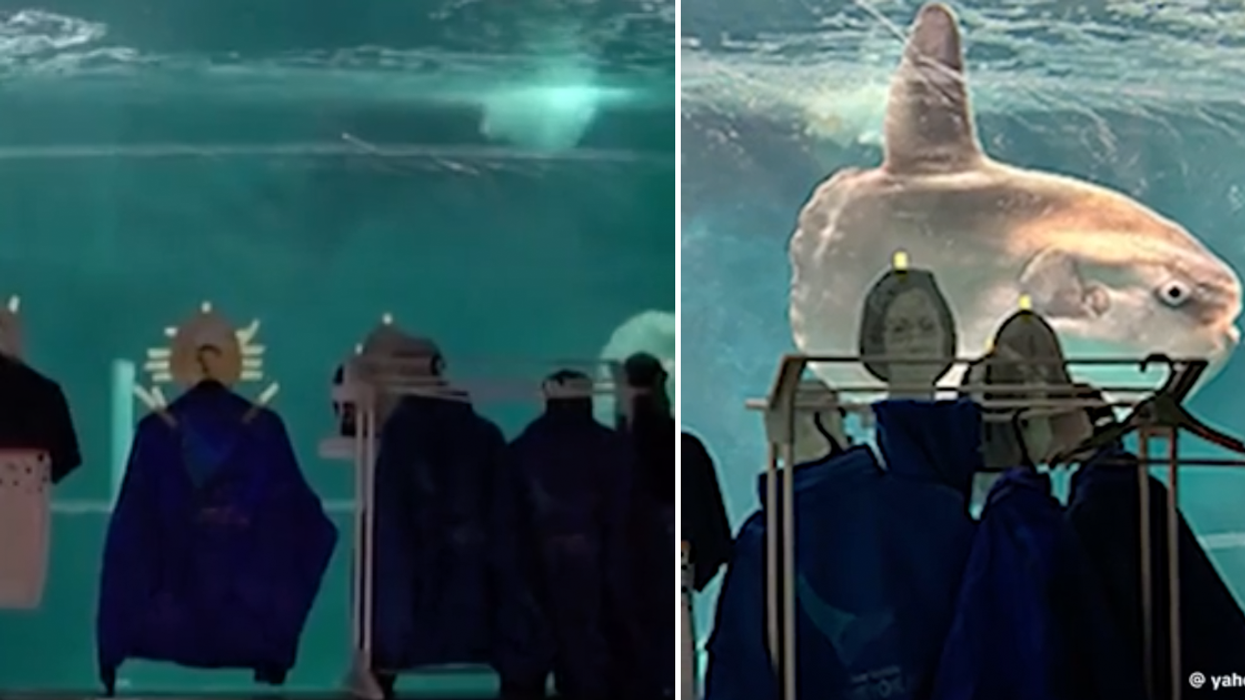
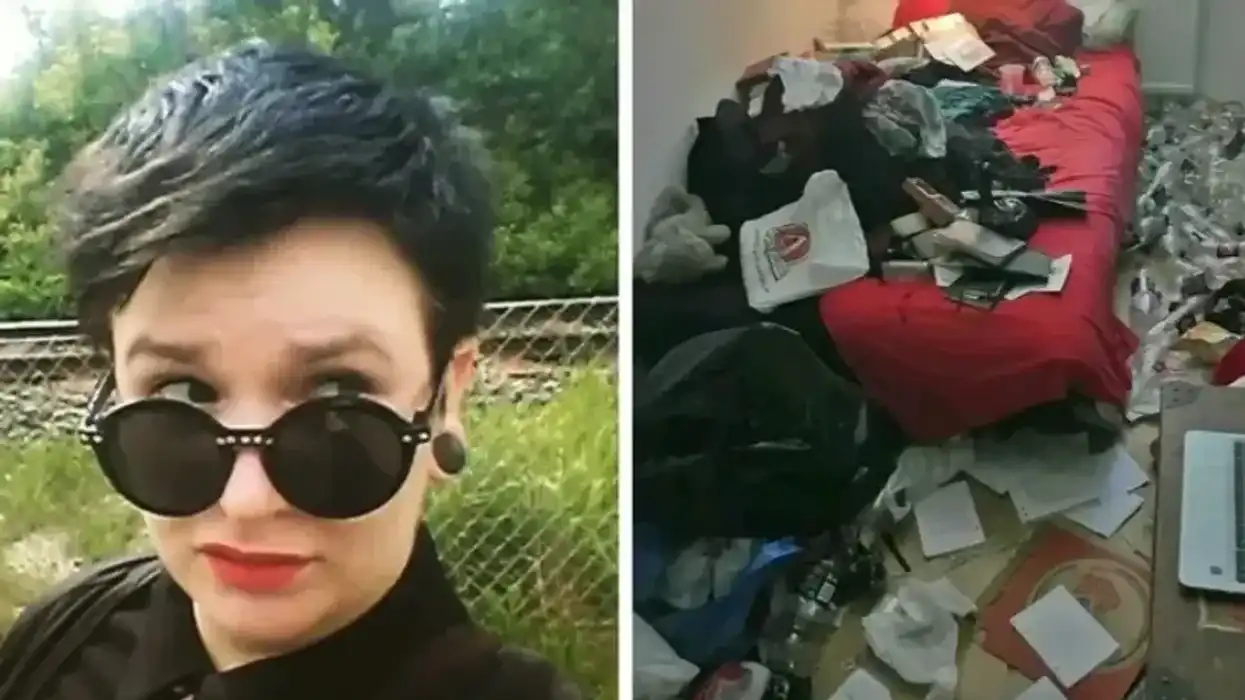
 A daunting mess was no match for one woman. Jonna Roslund, used with permission.
A daunting mess was no match for one woman. Jonna Roslund, used with permission. 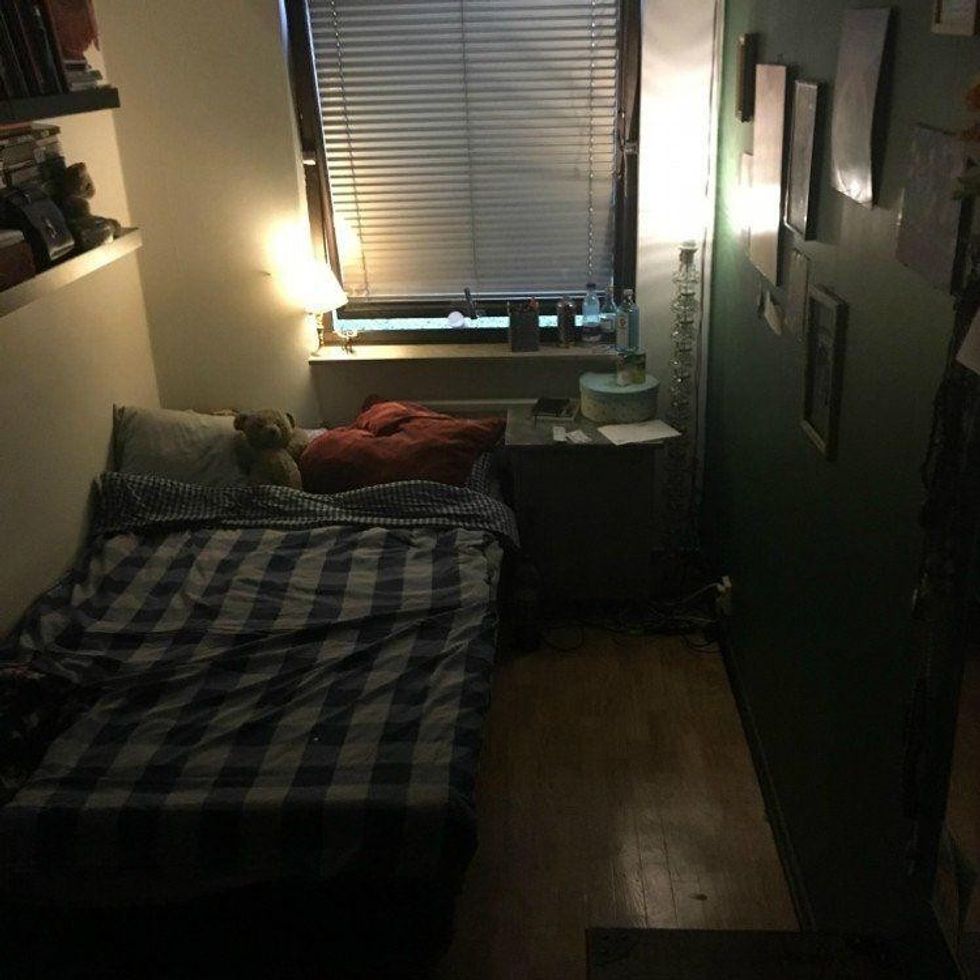 What looks like just a tidy room was actually a giant victoryJonna Roslund, used with permission.
What looks like just a tidy room was actually a giant victoryJonna Roslund, used with permission.  Jonna Roslund, used with permission.
Jonna Roslund, used with permission. 
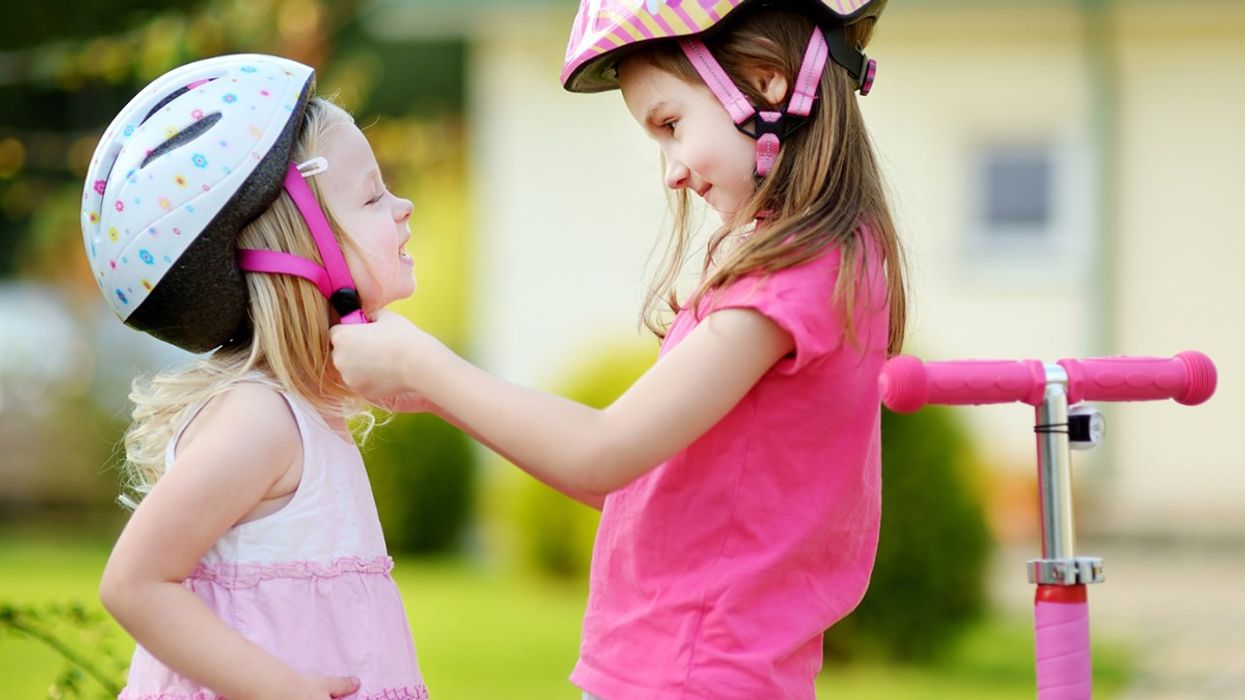
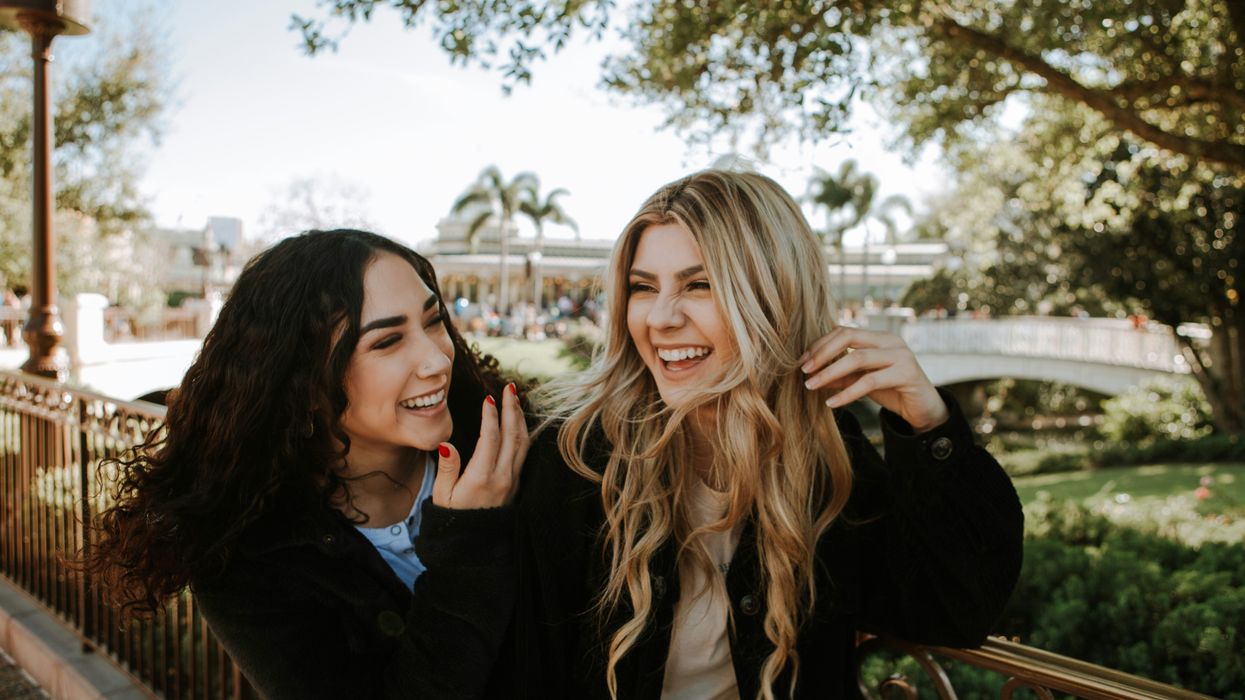
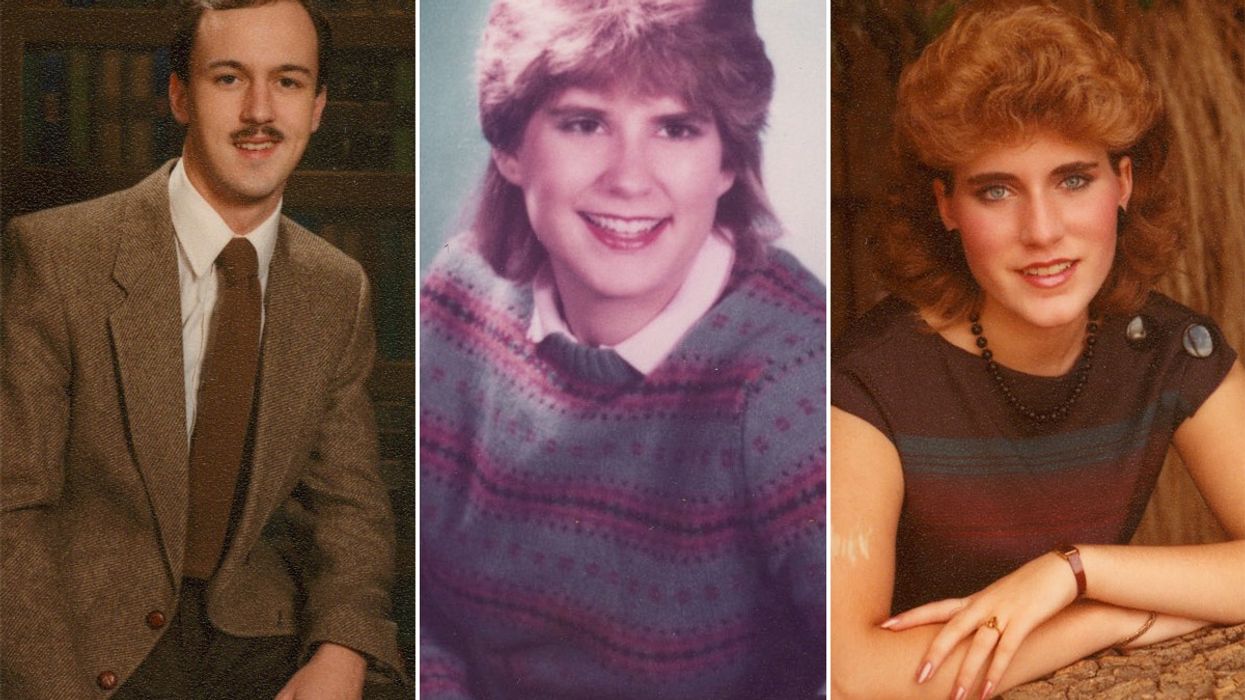

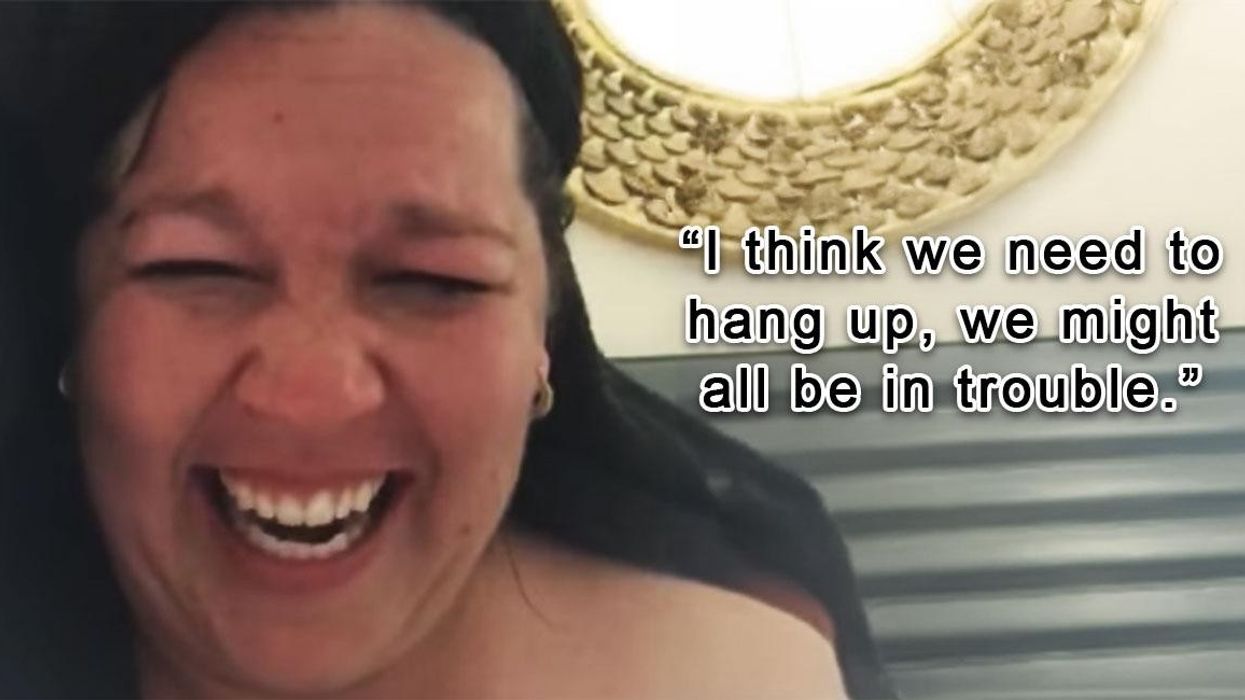
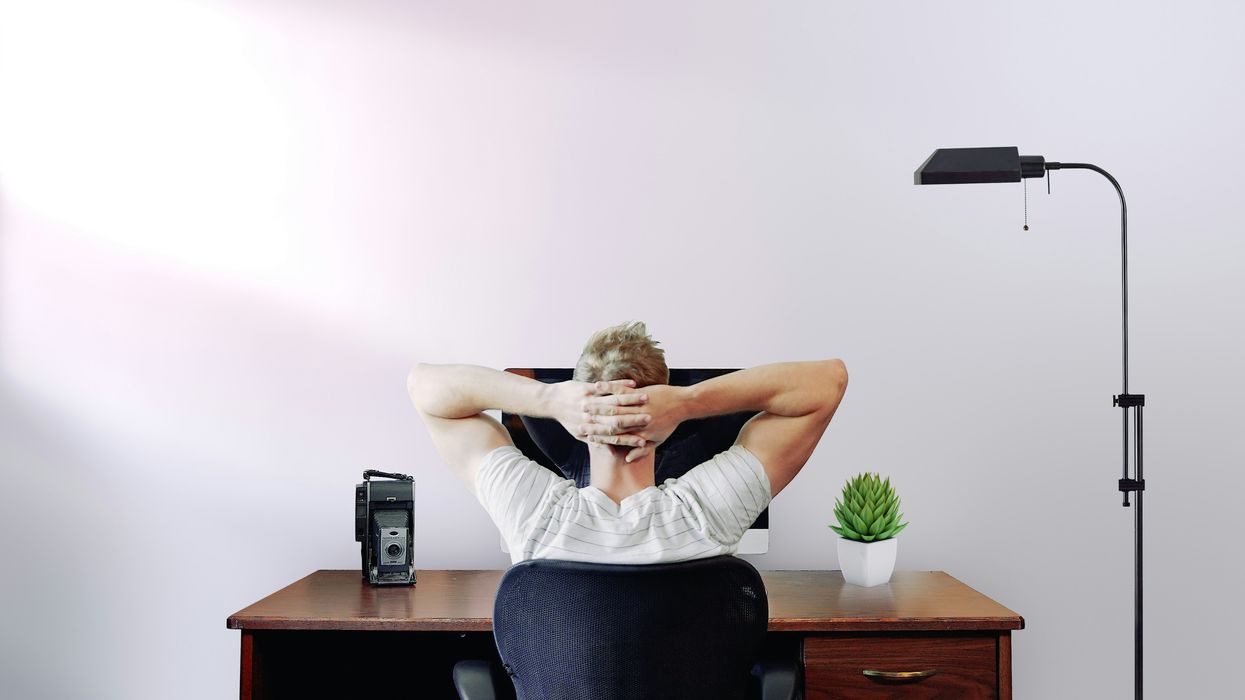
 man in white dress shirt sitting beside woman in black long sleeve shirt Photo by
man in white dress shirt sitting beside woman in black long sleeve shirt Photo by 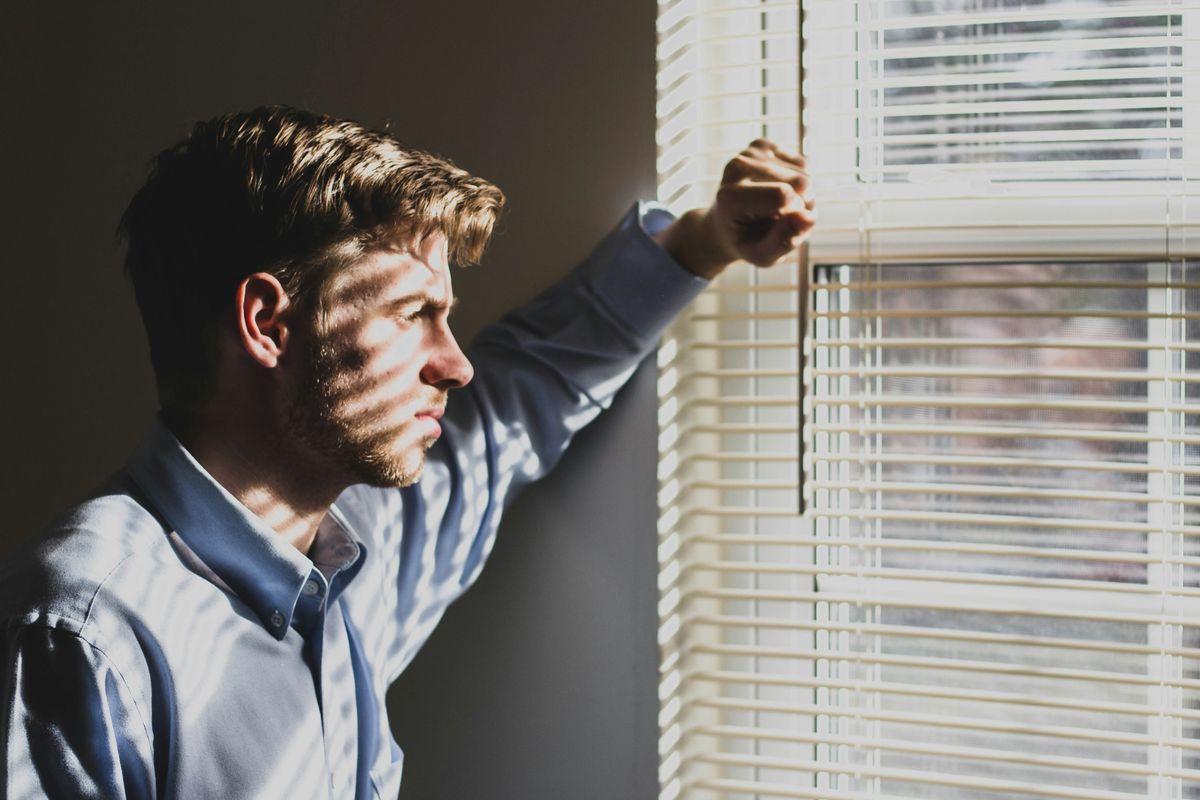 person near clear glass window pane and window blinds low-light photography Photo by
person near clear glass window pane and window blinds low-light photography Photo by 
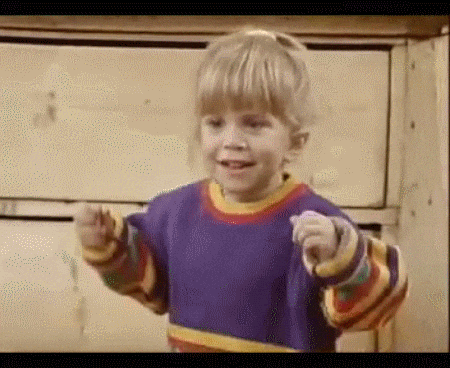 Happy Full House GIF
Happy Full House GIF  The Fresh Prince Of Bel Air Reaction GIF
The Fresh Prince Of Bel Air Reaction GIF 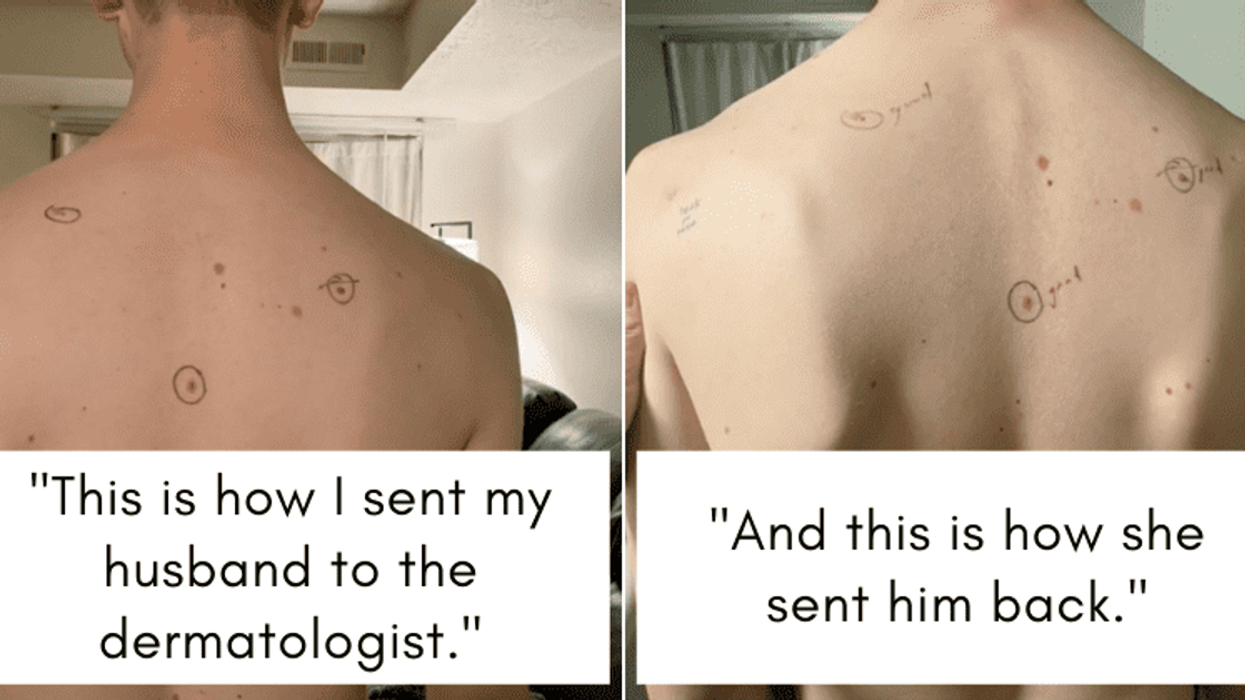
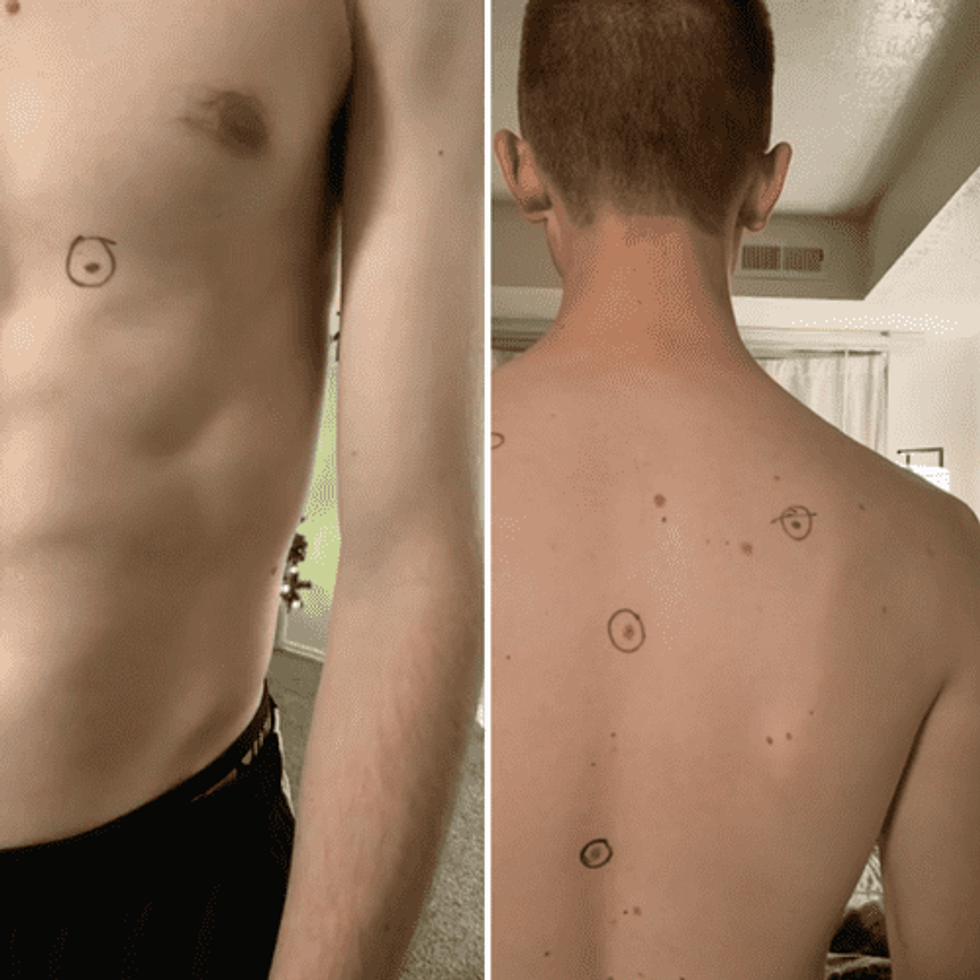 TikTok | @brinleemiles
TikTok | @brinleemiles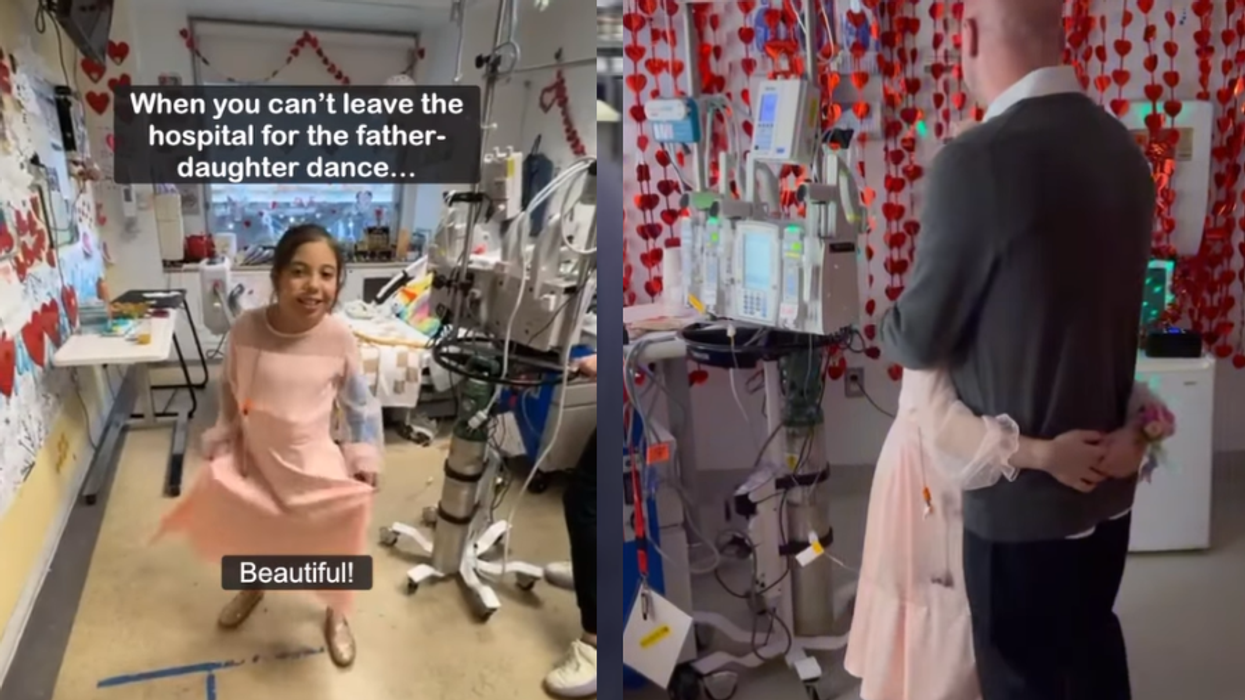
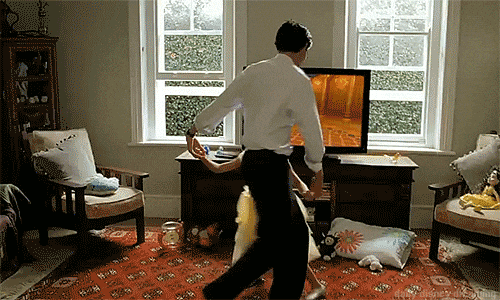 Fathers Day Dance GIF
Fathers Day Dance GIF 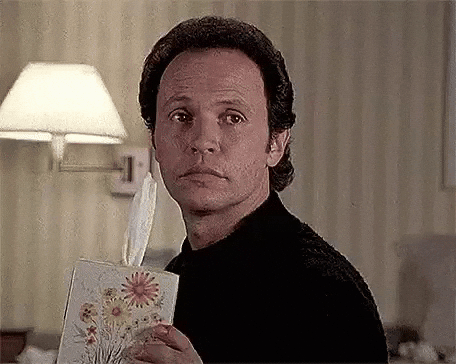 Billy Crystal Crying GIF by MOODMAN
Billy Crystal Crying GIF by MOODMAN